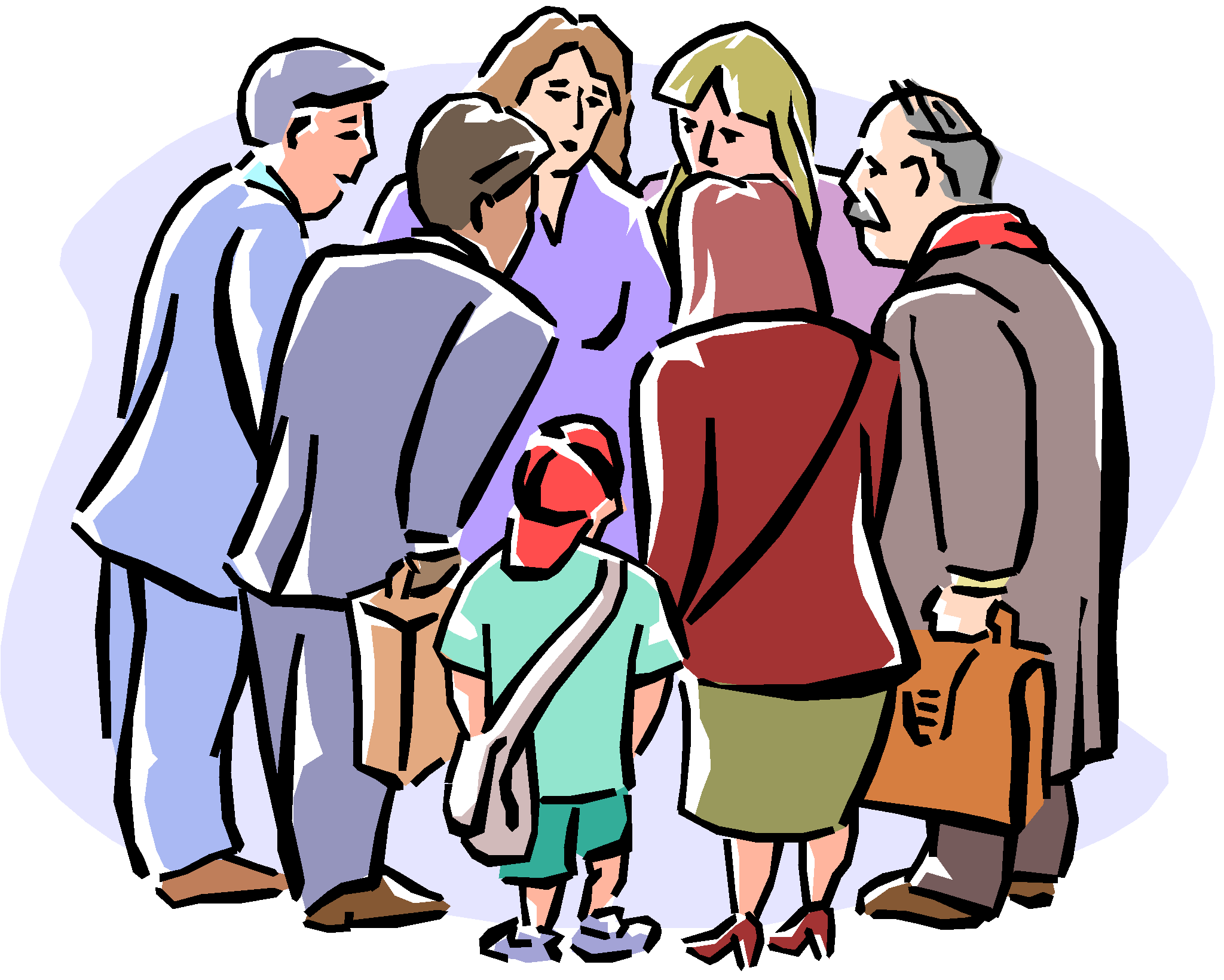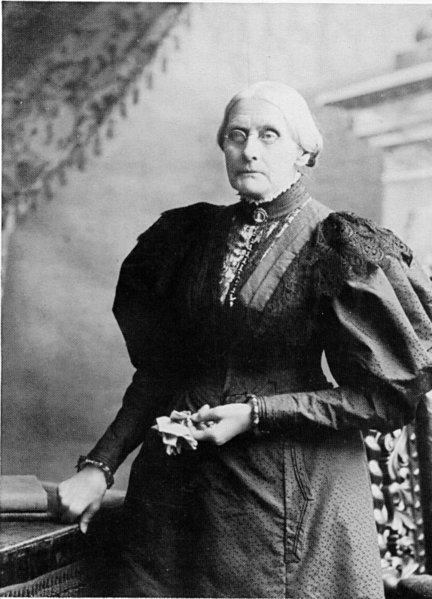|
|
Susan
B. Anthony
WE HAVE A SAY ABOUT
THINGS THAT ARE IMPORTANT TO US.
|
UNITARIAN
UNIVERSALIST ALPHABET
Please read the Overview before using
this Plan.
A a From
the example of Susan B. Anthony, we apply the democratic process to
“guidelines for living together.”
MATERIALS: Construction Letter A
with hole punched in top, yarn for necklace.
Pictures, artifacts for the letter A
Newsprint, makers for
“Guidelines for Being Together”
Snack items—apples/apple juice,
animal crackers
GETTING STARTED:
Welcome. After
each person says his or her name, the group responds, “Welcome,
(name).”
For a child who is
attending for the first time this year, add name to the letters that
have been posted, and make a nametag during or after the session.
Leave an empty chair for the person who is not present or for someone
who has not joined the group yet.
Attendance.
“Attending” means being here and also means “tending
to,” or “paying attention to.” We do this when we
welcome each other. “Absent” means “missing,”
and we miss people when they are not with us. Absences are not
punitive; but acknowledgement that we miss each other when someone is
not present. If a person is absent because of illness, possibly have
the group make a card or pictures to be sent to the absent person.
The attendance can
be noted by having each participants put a check or sticker by his or
her on a “We Are Here” Chart. (Have the individuals do
this rather than an adult, as their statement of being here.)
Sample We Are Here Chart
|
Names
|
Date
|
Date
|
Date
|
Date
|
Date
|
|
|
|
|
|
|
|
|
|
|
|
|
|
|
|
|
|
|
|
|
|
|
|
|
|
|
|
|
|
|
|
|
|
|
|
The Letter of the
Day:
Talk about the Letter.
Give the Letter Necklace to a
person with that initial.
Talk about the things that the
children have brought for the Letter, and/or Letter Bag.
Special space for
things that have been brought for the Letter A. Talk about this
special place being like an “altar” or place where
important things are placed. While altars are intended for worship
in many faith traditions, focus here on the special attention, not
worship, for the letter items. This special place can be used every
week for the special letter items. (Mention the altar table in the
sanctuary, if there is an identified place as such.)
SPECIAL PERSON: Susan B. Anthony
(Feb. 15, 1820-1906)
Have
you ever heard about “voting”? Voting is how we elect the
people who make the laws and how we choose the leaders of our
congregation.
If I were
going to give you ice cream OR cake, and asked which you wanted –and
the whole group had to have the same thing-- we could vote.
Whichever got more votes, cake or ice cream, would decide which we
would have. Would you be ready to vote? But wait! What would happen
if only the boys could vote? Would you girls like that? Would it be
fair?
When
Susan B. Anthony was alive, only men could vote! This really made
her angry! She believed that women had just as much right to make
decisions and laws. So she worked with many other women for over 50
years to try to change the laws so women could vote the same as men.
She was even arrested and fined for voting. But when she died in
1906, there were only 4 states in the United States that allowed
women to vote. And it wasn’t until 14 years after she died, or
the year that she would have been 100 years old (1920), that Congress
passed the law so that women could vote anywhere in the United
States.
Susan
B. Anthony lived in Rochester, New York, and was a member of a
Unitarian church there. Some of her close friends (Elizabeth Cady
Stanton, Matilda Joslyn Gage and Lucretia Mott) knew women of the
Iroquois tribe of Native Americans. These Iroquois women were
honored leaders in their tribe who gave Susan and her friends the
courage and determination to keep working so that women would have
the right to vote and be leaders in their own society.
AFFIRMATION: We have
a say about things that are important to us. We call this the
“democratic process.”
One way of using the
democratic process is voting. We are going to use another way, called
“consensus” to make our “Guidelines for Being
Together”. This will help to include everyone’s ideas.
Each person can give ideas about how he or she wants to be treated,
followed by a list of what each person agrees to treat others. Items
can be included by the teacher, if they are not mentioned by the
children. After getting ideas, it might be helpful to word the
guidelines in first person for easier understanding, such as:
I want people to listen when I
talk and I will listen when other people talk.
I want to use things and play
with toys, and so do others, so I will share.
I will help keep our space
clean.
I want to feel safe and I will
not hurt others.
Post the Guidelines as a
reminder, ask if everyone understands them and can follow them, and
read them periodically. Mention that the group will talk about these
sometimes and may add other ideas.
THE LETTER
A IN THE CHURCH
Altar. The altar
is where special things are placed. In churches, this may be a table
at the front of the room where worship services are held. Things on
an altar may be candles and flowers. An altar in the group’s
room could be a shelf that holds a chalice, special things that have
been brought in for sharing.
A-B-C
Animals:
alligator, ant, antelope, aardvark.
Body: Ankles,
arms. (If the large body picture was not drawn as part of the opening
session and will be drawn under Session B, add these parts then.)
Examples: Arms can carry things, can give people hugs, hold
things, like pets. Ankles help hold us up.
Calendar:
Note the date of the session and any special
events for the day, including birthdays.
Note items beginning with A: April, August.
Note events between today and the next session,
including birthdays.
CLOSING: Gather around the Special Place where the
things related to the letter have been placed. " We give thanks
for the Letter A. We have shared and learned about special people
and animals and ourselves and our church. May we leave in love and
peace. Next week we will meet again. Our letter will be ____ and
our leader(s) will be ____________________." Make sure that
people take home things that need to go.
VARIATION FOR OLDER
CHILDREN
SPECIAL PERSON:
Susan B. Anthony was angry when
she could not vote. She decided to work to change the laws. With the
energy from her anger, she worked for justice and fairness.
Anger. This is a
feeling that we sometimes get.
What do you do when you feel
angry? What can you do if you feel angry so that you will not hurt
yourself or someone else?
Discuss how you
want children to cope with anger in the session, if it occurs. (This
needs to be discussed with all of the teaching team, and consistent
with Religious Education Policies in your church.)
Continue discussion of
the relationship between Susan B. Anthony, her friends, and the
Iroquois women.
ANIMALS: Discuss the
concept of “endangered species” and note animals that are
on the official lists as they come up in the sessions. Take away
pictures of a specific animal. What would it mean to other animals?
What does the loss of a
species of animals or plants mean in
the "web of the universe"?
Species are changing all of the time,
including some naturally becoming extinct and new ones developing.
What is the role of humans in these changes?
© Helen Zidowecki
10/2007





